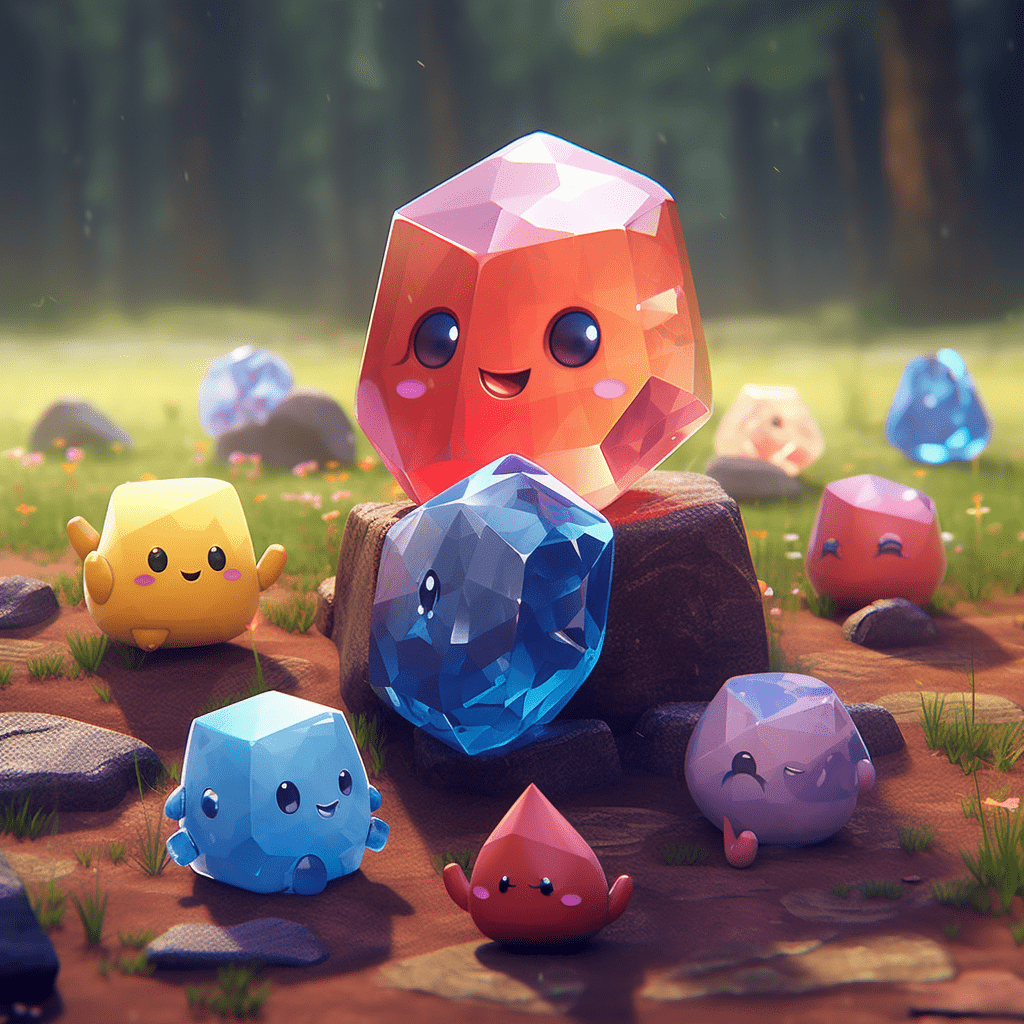As non-fungible tokens (NFTs) continue to gain traction in the digital world, many artists, creators, and investors are considering entering the NFT market. However, understanding how much to make an NFT and the potential return on investment can be a daunting task. This article will help you perform a cost-benefit analysis of creating an NFT, considering factors such as minting costs, marketing, and potential revenue.

Understanding the Costs of Creating an NFT
Before diving into the benefits, it’s essential to understand the costs associated with creating an NFT. These expenses can vary depending on the platform, blockchain, and the complexity of the digital asset being minted.
Minting Costs
Minting is the process of turning your digital asset into an NFT by creating a unique identifier and embedding it into a blockchain. This step is crucial, as it’s what sets NFTs apart from other digital assets and ensures their uniqueness and scarcity. Minting costs primarily consist of two parts: the base fee for using the platform and the gas fee associated with the blockchain transaction. Gas fees can fluctuate significantly, depending on network congestion and the blockchain being used.
Digital Asset Creation Costs
Creating the digital asset that will become your NFT may involve various costs, such as hiring a digital artist, purchasing software, or even buying equipment to produce the artwork. These expenses will vary depending on the complexity of your project and your personal skills and resources.
Marketing and Promotion Costs

Promoting your NFT is crucial to ensure that it reaches the right audience and generates interest among potential buyers. Marketing costs can include social media advertising, public relations, and influencer partnerships. These expenses will depend on the scale of your marketing efforts and the channels you choose to promote your NFT.
Platform and Marketplace Fees
When selling your NFT, you’ll likely use a marketplace or platform that specializes in NFT sales. These platforms typically charge a fee for listing and selling your NFT, which can be a percentage of the sale price or a flat fee. Make sure to account for these costs when determining your potential return on investment.
Evaluating the Benefits of Creating an NFT
Now that you have a clear understanding of the costs involved in creating an NFT, it’s time to consider the potential benefits and revenue that your NFT can generate.
Direct Sales Revenue
The most apparent source of revenue from creating an NFT is the proceeds from selling the token to a buyer. The selling price will depend on factors such as the uniqueness and rarity of your NFT, the demand for your work, and the marketing efforts you’ve put in place. Performing market research and analyzing comparable NFT sales can help you determine a reasonable price range for your NFT.
Secondary Sales Royalties
One of the most attractive features of NFTs for creators is the ability to earn royalties on secondary sales. By embedding a royalty percentage in the smart contract associated with your NFT, you can receive a portion of the revenue each time the token changes hands in the future. This passive income stream can be a significant benefit, especially if your NFT appreciates in value and becomes highly sought after.
Brand Exposure and Reputation
Creating and selling an NFT can also help boost your brand exposure and reputation in the digital art world. A successful NFT launch can attract attention from collectors, investors, and other creators, potentially opening up new opportunities for collaboration and future projects. Moreover, a strong presence in the NFT market can elevate your status as a creator and help you command higher prices for your work in the future.
The Cost-Benefit Analysis

To perform a cost-benefit analysis of creating an NFT, it’s crucial to weigh the potential benefits against the costs associated with the entire process. Start by calculating the total costs, including minting fees, digital asset creation expenses, marketing and promotion costs, and any platform or marketplace fees. Next, estimate the potential revenue from direct sales and secondary sales royalties, as well as the intangible benefits of brand exposure and reputation building.
Once you have a clear understanding of the costs and benefits, compare them to determine whether creating an NFT is a worthwhile investment for you. Keep in mind that the NFT market can be volatile, and there’s no guarantee that your NFT will sell at the desired price or generate the expected revenue. It’s essential to approach the NFT market with a realistic outlook and be prepared to adjust your strategy as needed.
Factors to Consider When Evaluating the Cost-Benefit Analysis
When assessing the cost-benefit analysis of creating an NFT, consider the following factors:
- Your personal skills and resources: If you’re an artist or creator with the skills to produce your digital assets, you may save on some of the costs associated with creating an NFT.
- The NFT niche and market demand: Research the NFT market to identify niches with high demand and lower competition, as this may increase your chances of generating a positive return on investment.
- Your existing audience and network: If you have a substantial following or network of collectors and investors, you may be able to leverage this to generate interest in your NFT and reduce marketing costs.
- Flexibility and adaptability: Be prepared to adjust your strategy and adapt to market changes, as the NFT market can be unpredictable and rapidly evolving.
In Conclusion

Creating an NFT can be a rewarding endeavor for artists and creators, but it’s crucial to perform a cost-benefit analysis to ensure that the potential benefits outweigh the costs. By carefully considering the expenses associated with creating an NFT, estimating potential revenue, and evaluating factors such as market demand and your personal skills, you can make an informed decision about whether entering the NFT market is the right move for you.